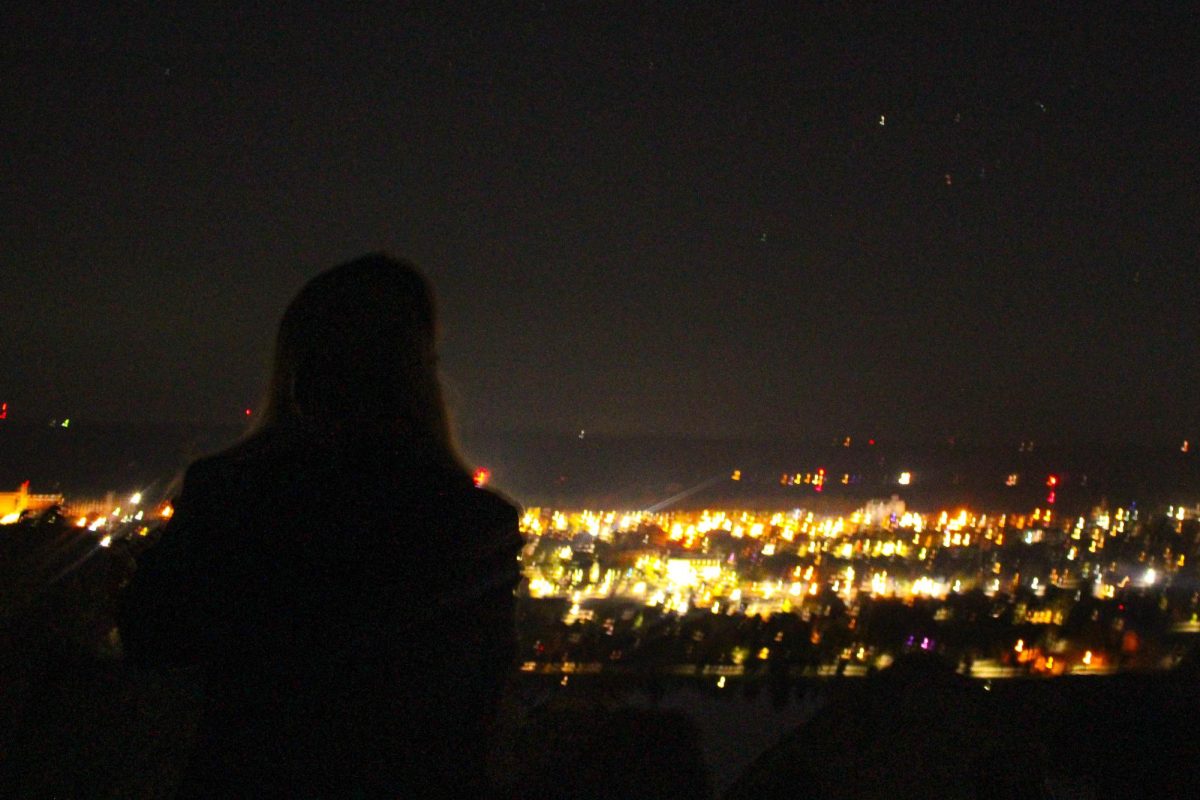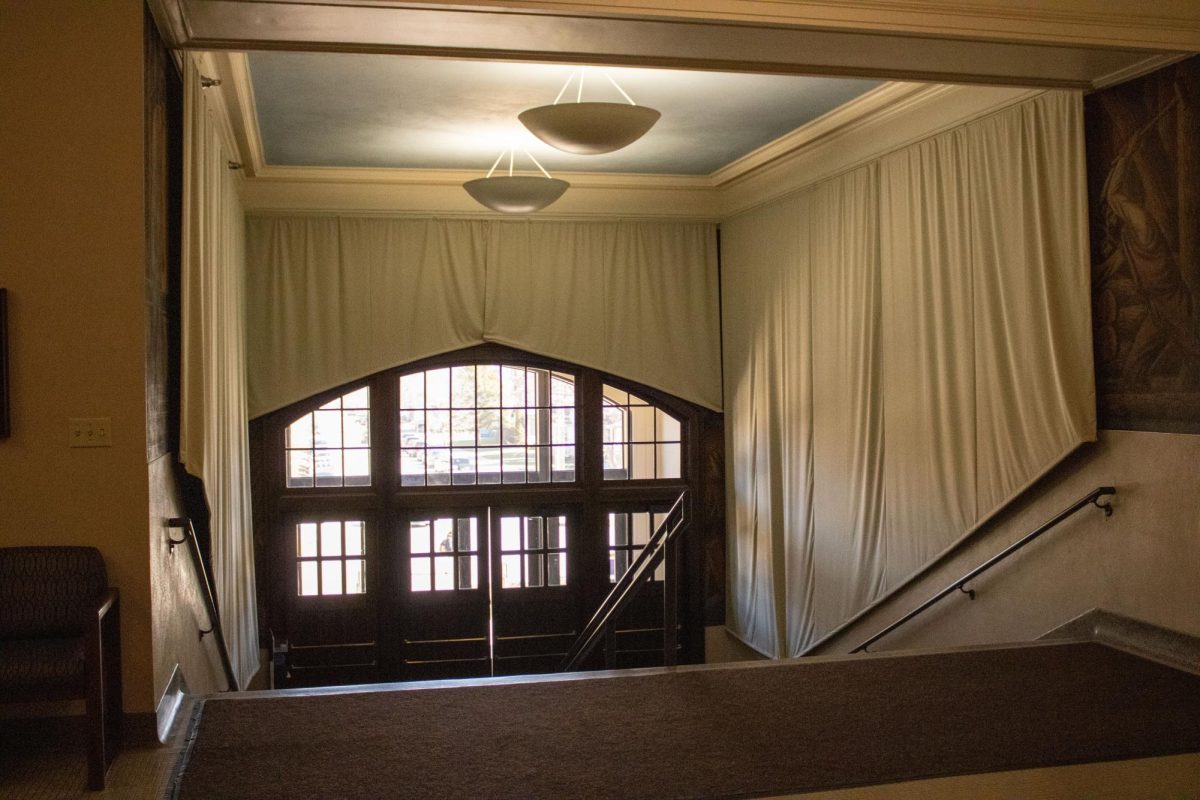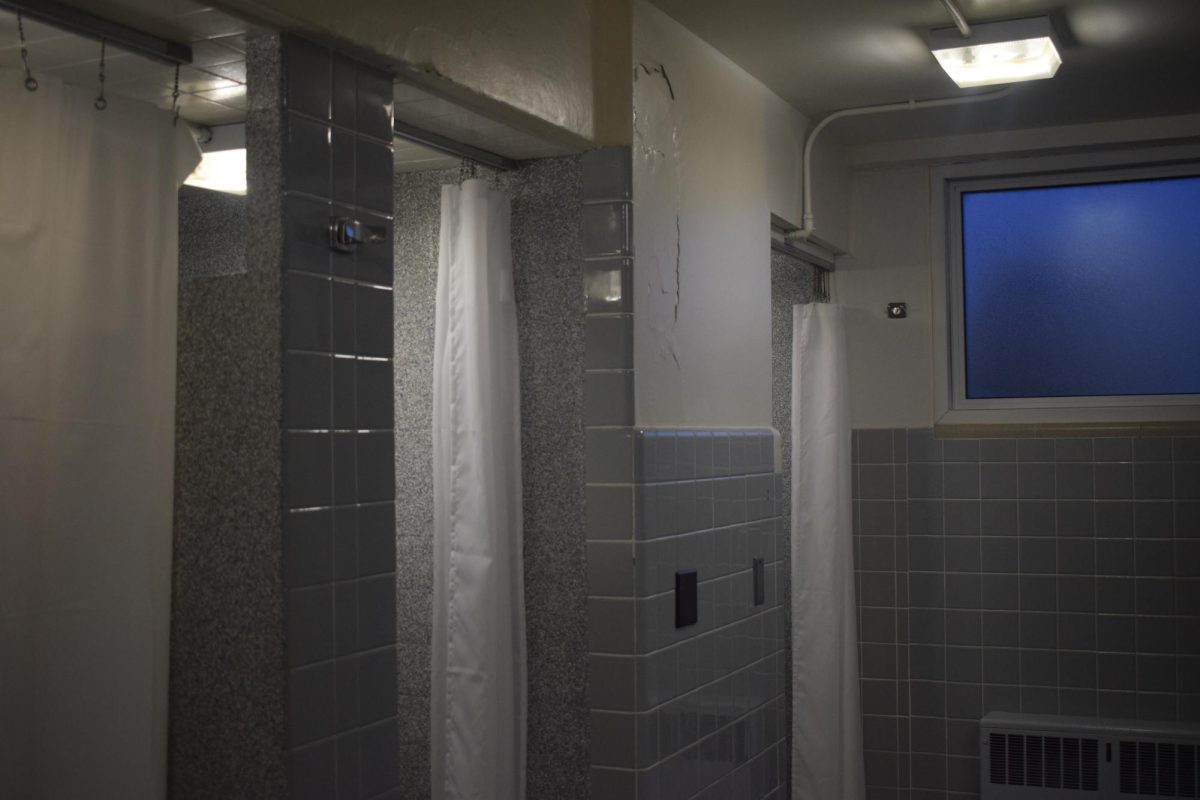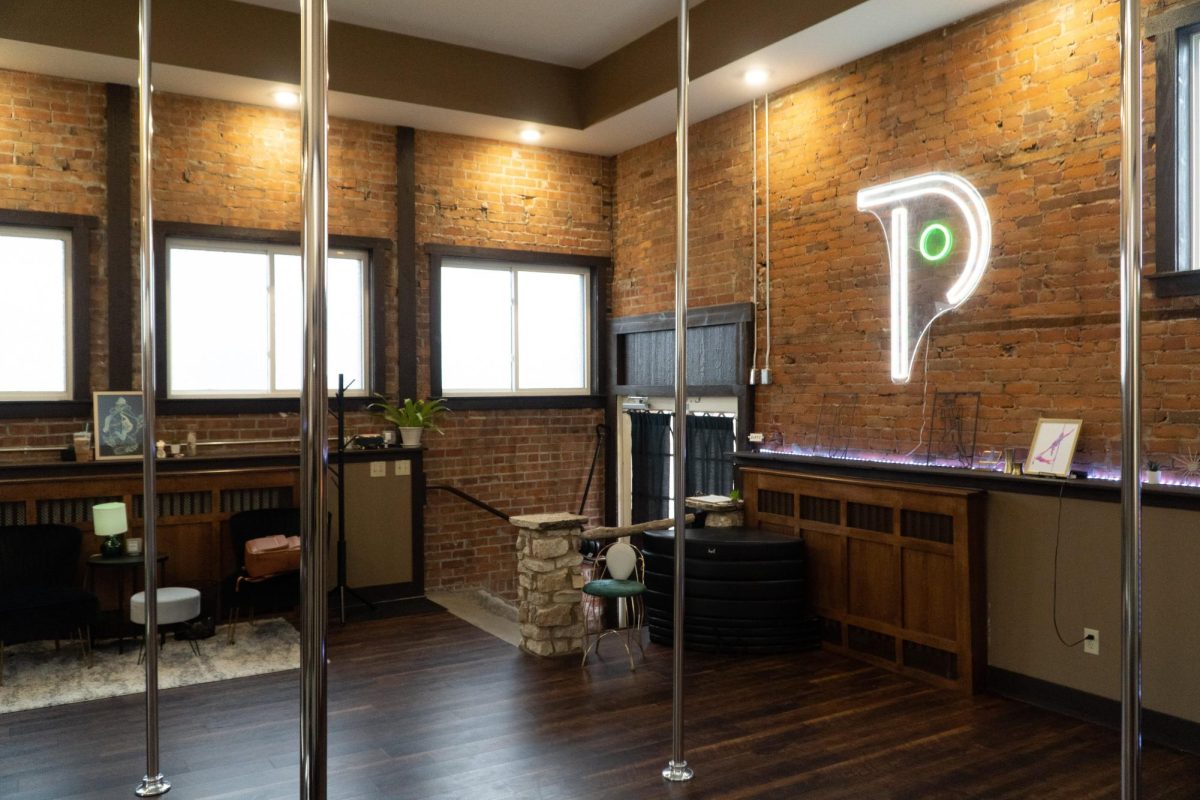With winter fast approaching, the nights are getting longer and longer. The sun will have a shorter time in our sky, meaning the stars and constellations take center stage. The stars have always been of interest to humans through-out history; the ancient cultures dedicated shrines and temples to the stars and people today still talk about their zodiac from cultures across the world. We still recognize the stories created from the images seen in the stars are still known today with most individuals in Winona recognizing Ursa Major, Cassiopeia and Orion. This ancient interest in the stars has become a science that allows us to see these bright holes in the night sky for what they really are. Planets, Stars, Comets, Asteroids: a whole universe of discovery found simply by looking up.
Since August, there have been several celestial events that people could witness including the Persieds Meteor shower in August, the Draconids in October and most recently the Orionids. The Orionids meteor shower is a shower that occurs when the Earth passes through the small fragments of Halley’s comet. The result is 20 meteors per hour at the peak. Though the shower peaked on the night of Oct 21st to the morning of the 22nd the shower is still active until around the night of Nov. 7. The best time to witness the shower is between the hours of 2-3 a.m. when the constellation of Orion is visible in the night sky.
The Orionids isn’t the only opportunity to see a meteor shower this semester. The Leonids Meteor Shower is the result of the fragments of the comet Tempel-Tuttle and will occur between the nights of Nov. 6 to Nov. 30 with a peak on the night of Nov. 17 – 18. This will result in an average of ten meteors per hour. The best time to view the shower will be between the hours of 1 – 3 a.m. when the constellation of Leo is visible in the night sky.
This is followed by the Geminids meteor shower. The shower is the result of fragments from the asteroid 3200 Phaethon and will occur on the nights of Dec. 4 – Dec. 20 with a peak between Dec. 14 – 15. The best time to witness the shower will be between the hours of 4-6 a.m. when the constellation of Gemini is visible. The average will be 150 meteors per hour.
The final meteor shower for the year is the Ursids meteor shower occurring on the nights of Dec. 17 – Dec. 26 with a peak between the nights of Dec. 22 – Dec. 23. The event is the result of the 8p/Tuttle comet and is best witnessed all throughout the night when Ursa Major is visible in the sky. The average will be ten meteors per hour.
All these events can be witnessed with the naked eye but there are other astronomical events that will occur this fall we cannot witness with our own eyes. Sep. 23 marked the return of the OSIRIS – REx. The craft launched on Sep. 8, 2016 collected samples from the asteroid Bennu. The asteroid is rich in organic molecules and may help answer the question about the origin of life on a primordial Earth.
November will mark the first encounter with the asteroid Dinkinesh by the Lucy spacecraft. This marker will be the first close-up images of the asteroid as Lucy makes its way to the Trojan meteors, meteors located just behind and just in front of Jupiter within its orbit. Planetary Geologist and WSU Professor Dr/ Jennifer Anderson commented on this mission. “[The asteroids] represent some of the oldest materials. These asteroids have been protected in these areas…the hope here is we will be looking at some of the oldest materials in the formation of our solar system,” Anderson said.
The photos from Lucy will be released Nov. 1.












































